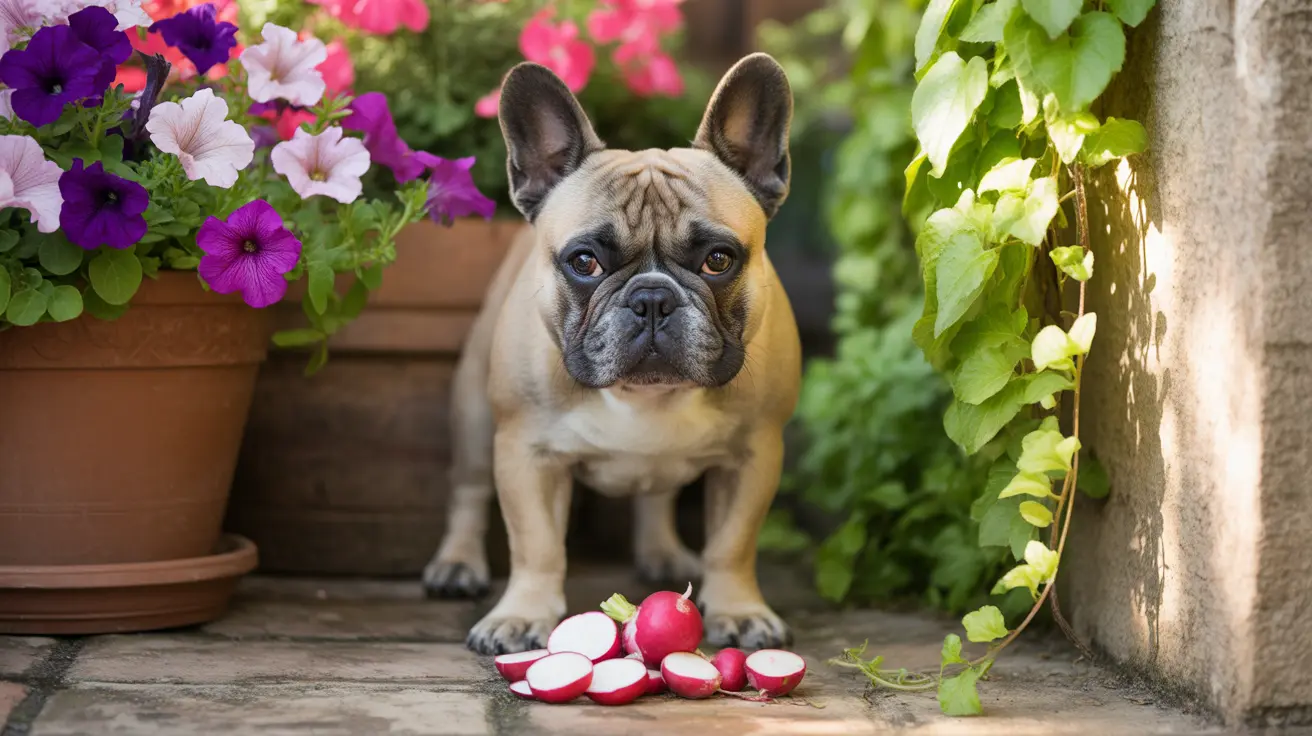Can Dogs Eat Cilantro? A Detailed Guide for Pet Owners
If you’re wondering whether it’s safe to share a sprig of cilantro with your dog, you’re not alone. Many pet owners are curious about which herbs are safe for their canine companions and how they might benefit (or harm) their furry friends. Let’s take a closer look at cilantro and its place in your dog’s diet.
Is Cilantro Safe for Dogs?
Cilantro is generally safe for most dogs when offered in moderation. Both the fresh leaves and, in small quantities, the stems can be fed to dogs. However, the stems are tougher to digest and may cause mild gastrointestinal upset in some pets. Most dogs don’t have a strong preference for cilantro’s taste—some may enjoy it, while others turn up their noses.
Whenever you introduce any new food (including herbs like cilantro), start slow. Offer a small amount and watch for signs of digestive upset such as vomiting or diarrhea. Rarely, some dogs may show sensitivity reactions like itching or swelling. If you notice these symptoms, discontinue use and consult your veterinarian.
Nutritional Benefits of Cilantro
Cilantro isn’t just a flavorful garnish—it contains nutrients that can support your dog’s health:
- Vitamin A
- Vitamin C
- Vitamin K
- Calcium
- Magnesium
- Potassium
- Antioxidants
These nutrients play roles in immune function, skin and fur health, and bone strength. Still, if your dog already eats a balanced commercial diet, they likely get all the nutrition they need without extra herbs.
Potential Benefits (and Limits)
A sprinkle of cilantro might help freshen your dog’s breath temporarily—but don’t rely on it as a substitute for proper dental care or regular vet checkups. The real value of cilantro is as an occasional treat that adds variety and trace nutrients.
How to Feed Cilantro Safely
- Wash thoroughly: Rinse leaves well to remove pesticides or contaminants.
- Chop finely: Sprinkle over your dog’s regular food or use as a garnish in homemade treats.
- Avoid large quantities: Herbs should make up less than 10% of daily calories. For small dogs, a pinch per meal is enough; larger breeds may tolerate slightly more.
If your dog eats too much cilantro—especially stems—they might experience stomach upset. Moderation is key.
Cilantro Allergies and Sensitivities
Though rare, some dogs may be allergic or sensitive to cilantro. Watch for symptoms like digestive upset, itching, or difficulty breathing after feeding cilantro. If these occur, stop offering the herb and contact your vet.
Avoid Unsafe Dishes with Cilantro
Dishes like cilantro lime rice often contain ingredients that are unsafe for dogs—onions, garlic, high salt content, butter, or oils can all be harmful. Only offer plain, unseasoned cilantro to your pet. Always check prepared foods for hidden dangers before sharing them with your dog.
Cilantro Seeds (Coriander) and Dogs
If your dog accidentally eats a few coriander seeds (the dried seeds of cilantro), toxicity is unlikely. They aren’t known to be poisonous but could cause digestive upset in large amounts—especially in smaller dogs. Monitor for prolonged vomiting or diarrhea and consult a vet if symptoms persist.
Other Herbs: Safe vs Unsafe Choices
- Safe in moderation: Basil, rosemary, parsley, sage, lavender, turmeric.
- Toxic to dogs: Garlic, onion, chives, marjoram, bay leaf.
If you want to add new herbs or foods to your dog’s meals regularly, always talk with your veterinarian first—especially if your pet has allergies or chronic health conditions.
The Bottom Line: Cilantro as an Occasional Treat
A little fresh cilantro can safely add variety and trace nutrients to most dogs’ diets when used occasionally and appropriately prepared. The main focus should always remain on balanced commercial dog food; people foods—including herbs—should stay an occasional treat rather than a dietary staple.





